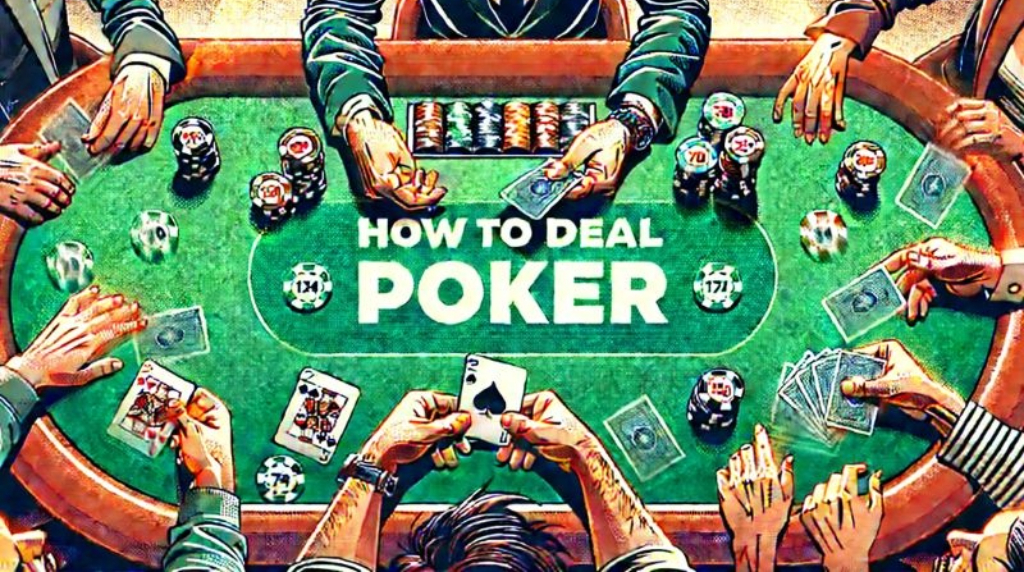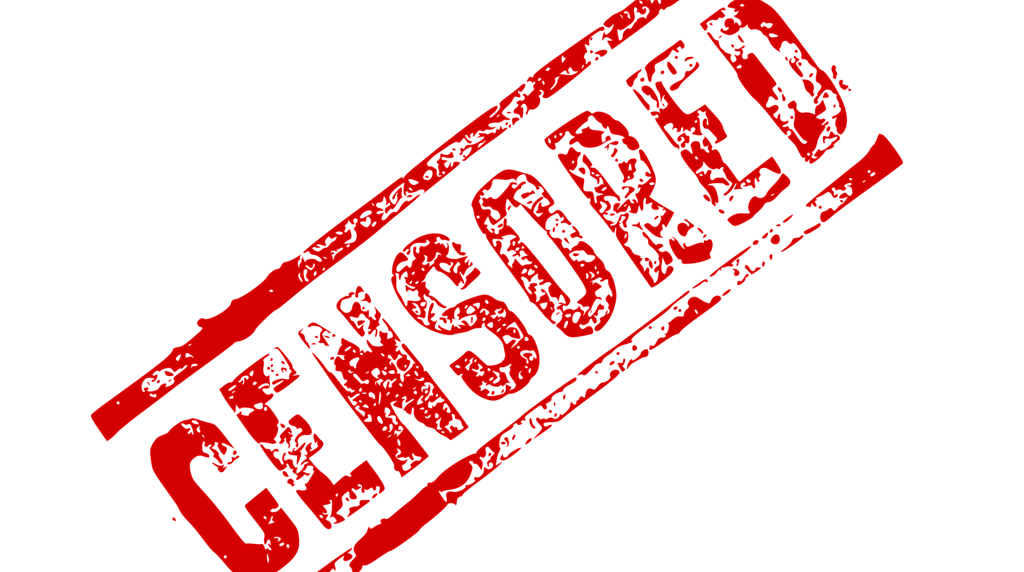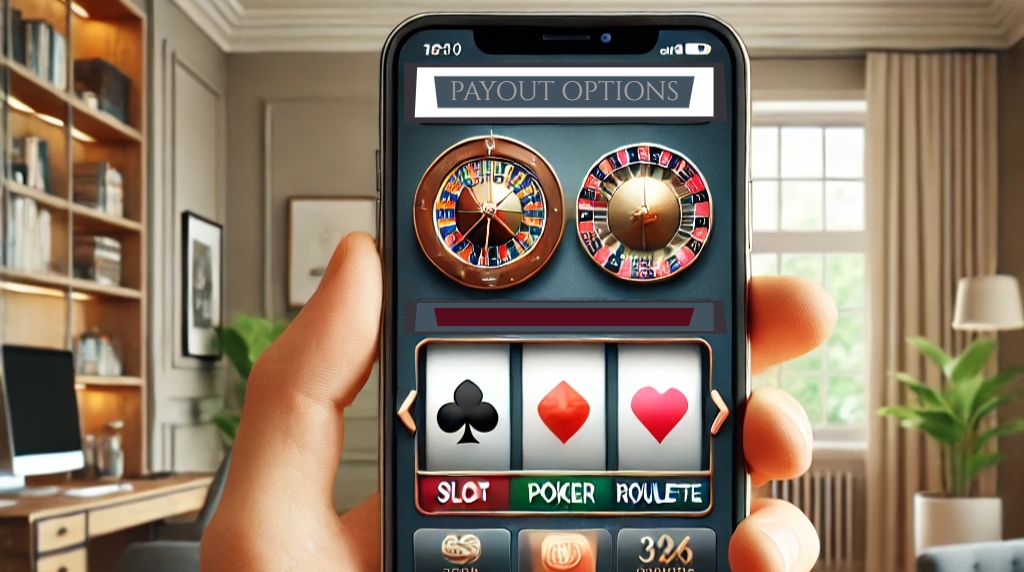A Comprehensive Guide to Dealing Cards in Poker at Home
Hosting a poker night at home can be one of the most enjoyable ways to gather friends, test your strategy, and enjoy competition outside the casino floor. But one essential skill is often overlooked until game night arrives: knowing how to deal poker.

Dealing cards at a poker game is simple but essential for the game. © Image designed by Dan Holmes of Boone Digital
Key Takeaways:
- Use consistent shuffle and burn procedures
- Maintain control over betting action and pace
- Create and enforce fair house rules
- Rotate the dealer position unless you’re acting as a designated host
- Stay focused, neutral, and clear when managing the game
Whether you’re the permanent dealer or players rotate that role around the table, understanding the proper procedures for dealing cards in poker is fundamental. Precision, fairness, and pace matter. It’s not just about slinging cards; it’s about creating a professional, enjoyable atmosphere for every hand.
This guide will walk you through every step of how to deal poker at home, including shuffling, betting structure, dealing etiquette, and managing the pot. It applies to Texas Hold’em but can also be adapted for other variants.
If you should decide to take those skills online or explore real-money play, real money poker sites are an option where you won’t have to deal any cards.
Quick Guide to Popular Poker Games
Poker comes in many forms, but a handful of variants dominate home games, casinos, and online platforms. Here’s a straightforward breakdown of the most widely played poker games and how they work.
Texas Hold’em
The most popular poker game in the world. Each player gets two private hole cards. Five community cards are dealt face up in three stages (flop, turn, river). Players build the best five-card hand using any combination of hole and community cards. Betting occurs over four rounds.
Omaha
Similar to Texas Hold ’em, but players receive four hole cards instead of two. They must use exactly two hole cards and three community cards to make a hand. Omaha is usually played in pot-limit format (PLO), where the maximum bet is the current size of the pot.
Seven-Card Stud
No community cards here. Each player is dealt seven cards — three down, four up — over multiple rounds. Players must make the best five-card hand from their seven. Betting happens after each new card is dealt. Fewer players can play at once due to card quantity.
Five-Card Draw
A classic and simple variant. Players get five cards face down. After the first betting round, each can discard and replace any number of cards. One final round of betting follows. Best five-card hand wins.
Razz
A lowball version of Seven-Card Stud. The goal is to make the lowest possible five-card hand (straights and flushes don’t count, and aces are low). Players receive seven cards, and betting occurs after each new card.
Short Deck Hold’em
Short Deck is a newer poker game that’s gaining popularity, especially in high stakes play. It’s similar to Texas Hold ’em but played with a 36-card deck (2s through 5s removed). Hand rankings are adjusted (flush beats full house) and the game plays faster and more aggressively.
These are the foundational formats in both casual and competitive poker. Mastering just a few of them opens the door to nearly every poker game you’ll encounter.
Preparing the Table for a Smooth Game
Before you even shuffle the cards, set up your space with intention. A flat, clean surface with enough elbow room for chips and drinks is essential. A poker mat or felt surface helps cards glide properly and creates a clear betting area.
Place a designated dealer button on the table to indicate who is dealing. In home games, it’s common for the dealer position to rotate clockwise after each hand. If one person is dealing all night, the button still rotates to keep the game fair.
If you’re learning how to deal a poker game, knowing the flow of action around the table is just as important as the cards themselves when planning a game night in your home.
Mechanics of Dealing Cards in Poker
Let’s dive into the actual steps of dealing cards in poker. These fundamentals apply to Texas Hold ’em, the most popular variant for home games.
Step 1: Shuffle and Cut
Use a standard 52-card deck, with jokers removed. Shuffle thoroughly: at least three riffle shuffles and one box shuffle are standard. If players are rotating dealing duties, encourage consistency in shuffle style.
Offer the deck to the player to your right for a final cut. If you’re the house dealer, always allow a player to cut to prevent suspicion of stacked decks.
Step 2: Deal Hole Cards
Begin with the player directly to the left of the dealer marker or button. Deal one card face down to each player, moving clockwise. Repeat the process so each player ends up with two hole cards.
If you’re learning poker how to deal cards correctly, the smoothness of your deal is key. Keep the cards low and discreet, ensuring no cards flash to other players.
Step 3: The Burn and the Flop
After the first betting round, burn the top card (discard it face-down), then deal three community cards face-up in the center. This is the flop.
These cards should be neatly aligned for easy visibility. Accuracy in spacing and flipping the cards cleanly reflects dealer professionalism.
Step 4: Burn and Turn
Burn one card. Then, deal the fourth community card (the “turn”) face-up next to the flop.
Step 5: Burn and River
Repeat the burn-and-deal step one final time. This fifth community card is the “river.”
Each round is followed by betting action, which the dealer should monitor carefully.
Managing Betting and the Pot
One of the trickiest parts of learning how to deal poker at home is managing the betting structure and the pot. Whether your game is limit, pot-limit, or no-limit, the dealer must keep betting rounds in order.
Understanding the Betting Rounds
- Pre-flop – after hole cards are dealt
- Post-flop – after the flop
- Turn – after the turn card is dealt
- River – after the river card is dealt
Dealers must ensure that players act in turn and announce bets and raises clearly. Players should push chips forward but not into the pot until the bet is matched or folded.
Tracking the Pot
While some home games rely on players to build the pot themselves, a good dealer watches for incorrect chip placement, uncalled bets, and side pots when needed. In large hands, it’s helpful to announce bets to keep the action clear verbally.
If you’re learning how to deal a poker game, keeping control over betting pace and accuracy is as important as the cards.
Poker Etiquette for Home Dealers
Dealing isn’t just mechanics. It’s also about being an impartial, focused presence at the table. Whether you’re playing or just dealing, your role is central to the game’s fairness.
Avoid Common Mistakes
- Don’t expose burn cards. Keep them face-down and to the side.
- Never deal out of turn.
- Don’t engage in conversation that could influence action.
- Do not flash cards during the deal.
Keep the Game Moving
Pace matters. New dealers often pause too long or deal too fast. Watch for betting momentum and keep an eye on players who are unsure of the rules. The better you become at reading the table flow, the more efficient you’ll be at dealing cards in poker.
Even in a friendly home game, favoritism undermines integrity. Stay neutral during disputes. If you’re unsure of a ruling, call a pause and review the rulebook or agree on a house rule with the table.
Tips for Hosting and Dealing Home Games
Knowing poker how to deal cards efficiently adds major value to any home poker night. If you’re hosting, you can elevate the game by planning beyond the cards.
Chip Distribution
Before the game starts, assign chip values and distribute stacks evenly. A common starting setup for a tournament-style home game is:
- 10 x $1 chips
- 10 x $5 chips
- 7 x $25 chips
- 2 x $100 chips
Create a printed cheat sheet with blind levels and starting stack instructions. This helps players unfamiliar with structures follow along.
Inconsistencies are the fastest way to slow a game or start arguments. Decide on rules ahead of time for: Rebuys, Side pots, Misdeals, and Time allowed per decision. Write them down and have them visible if needed.
Don’t expect to be perfect if you’re learning how to deal poker at home. Even experienced dealers occasionally misdeal or burn a card in error.
Misdeal Protocol
If the cards are dealt to the wrong number of players, or someone gets exposed cards, announce a misdeal immediately and re-shuffle. All cards must be collected, reshuffled, and redealt.
If a community card is exposed prematurely, stop the action. Depending on house rules, the card may be burned and replaced, or play might proceed with adjustments.
Handling Player Disputes
Use a calm voice and firm tone. If two players argue about bet sizes or who acted out of turn, pause the game and review the last action. Keep emotions out of it. Refer to written rules when possible.
Mastering a poker game isn’t just about shuffling cards and flipping over the flop. A good dealer enforces structure, ensures fair play, and keeps the pace lively and organized. The more consistent and impartial you are, the better your game will run.
Study live dealer videos and poker tournament footage to become a go-to home game host. You’ll pick up on habits that make for smoother sessions and more satisfied players.
As your group’s game evolves, so can your role as the dealer. Rotate players, try new formats, and sharpen your skills with every hand you deal.
 7 Politically Incorrect Slots for the Connoisseur Who’s Seen It All
7 Politically Incorrect Slots for the Connoisseur Who’s Seen It All
 Casino Payment Delay Red Flags: When Waiting Is a Concern
Casino Payment Delay Red Flags: When Waiting Is a Concern
 US Оnline Casinos Turn to Celebrities to Attract Consumers
US Оnline Casinos Turn to Celebrities to Attract Consumers
 Inside G2E Las Vegas 2025, from Prediction Markets to Marble Runs
Inside G2E Las Vegas 2025, from Prediction Markets to Marble Runs